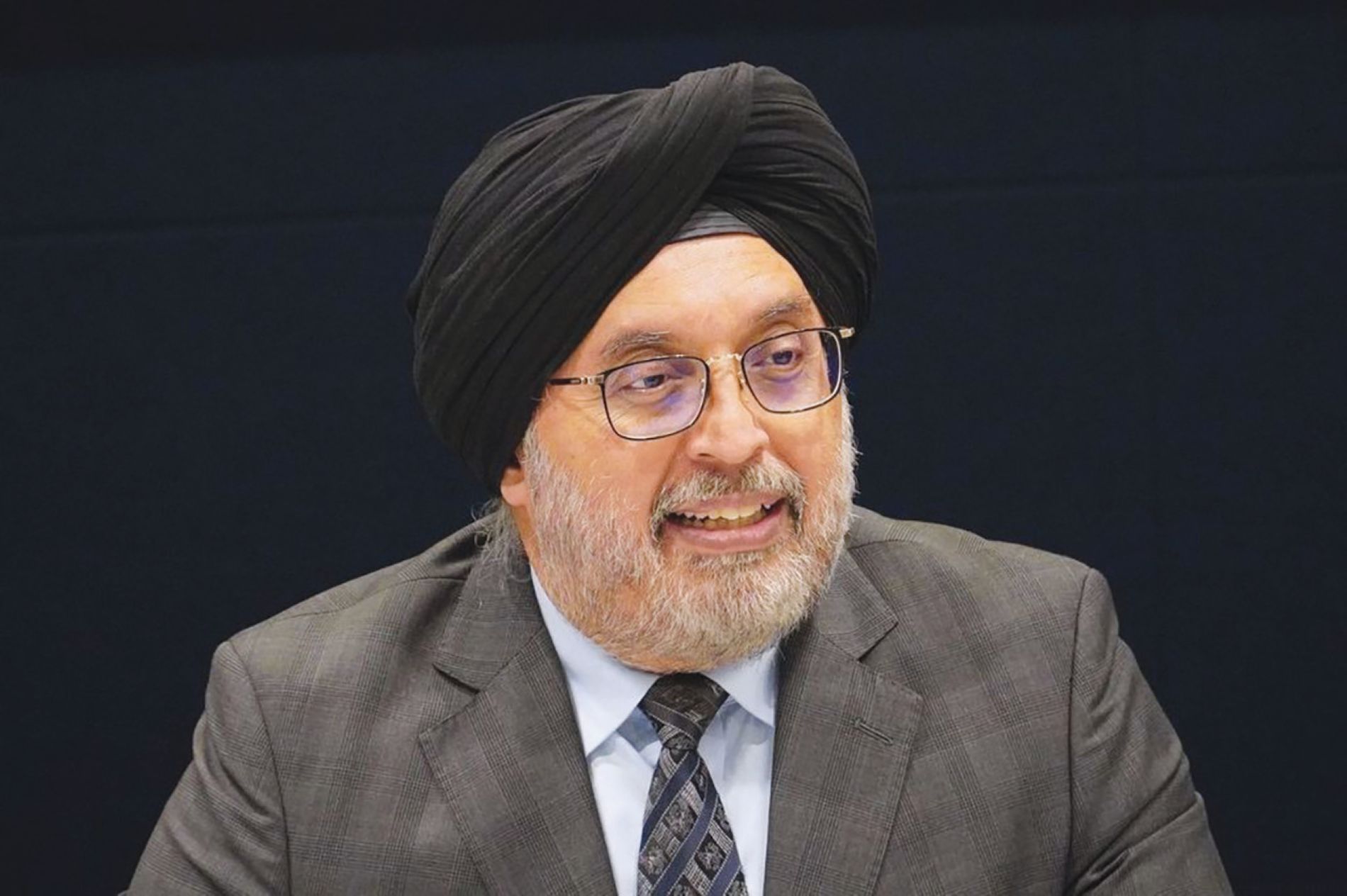KL Hospital Faces Critical Doctor Shortage: KKM Urged to Provide Urgent Explanation and Action

Kuala Lumpur, Malaysia – Hospital Kuala Lumpur (HKL), one of Malaysia's leading public hospitals, is facing a severe shortage of doctors, sparking renewed calls for the Ministry of Health (KKM) to address the issue with urgency. This isn't a new concern; healthcare professionals and patient advocacy groups have been raising alarms about the dwindling number of doctors in public hospitals for years, with the situation now reaching a critical point.
The doctor shortage is impacting various departments within HKL, leading to increased workloads for existing staff and potentially compromising patient care. Reports indicate longer wait times for appointments, delayed procedures, and a strain on the overall quality of medical services. While HKL administration is working to manage the situation, the root cause lies in a systemic issue that requires immediate and comprehensive intervention from the Ministry of Health.
“The persistent lack of doctors in our public hospitals, especially in key specialist areas, is a serious threat to the nation's healthcare system,” stated Dr. Lee Mei Ling, a medical representative. “We’ve repeatedly brought this matter to the attention of the government, but the response has been inadequate. HKL’s current predicament is a stark reminder of the urgency of the situation.”
Several factors contribute to the doctor shortage, including:
- Limited Medical School Capacity: The number of medical school places available in Malaysia has not kept pace with the growing population and increasing healthcare demands.
- Brain Drain: Many qualified Malaysian doctors are seeking opportunities abroad, attracted by better salaries, working conditions, and career progression prospects.
- Burnout and Low Morale: Overworked doctors in public hospitals often experience burnout due to heavy workloads, limited resources, and bureaucratic hurdles. This can lead to decreased job satisfaction and further contribute to attrition.
- Uneven Distribution: Doctors tend to gravitate towards urban areas and private practices, leaving rural and less affluent regions underserved.
Opposition leaders and patient groups are now demanding a detailed explanation from KKM on the steps being taken to resolve the doctor shortage. They are calling for:
- Increased Funding for Medical Education: Expanding medical school capacity to train more doctors.
- Improved Working Conditions and Salaries: Offering competitive salaries and benefits to retain doctors in public service.
- Incentives for Rural Service: Providing attractive incentives for doctors to work in underserved areas.
- Streamlined Hiring Processes: Expediting the hiring of new doctors to fill vacant positions.
- Review of Healthcare Policies: Assessing and revising healthcare policies to address systemic issues contributing to the shortage.
The situation at HKL serves as a wake-up call for the government. Addressing the doctor shortage requires a multi-faceted approach that tackles the underlying causes and prioritizes the well-being of both healthcare professionals and the patients they serve. Failure to act decisively will have dire consequences for the future of Malaysia’s healthcare system.
The public is urged to stay informed and demand accountability from elected officials to ensure that this critical issue receives the attention and resources it deserves. The health and well-being of the nation depend on it.






